
Where to see wildflowers in WA
Wild times!
WA’s seasonal floral show is incredible, blanketing vast landscapes from north to south in a sea of colour.
It’s one of the world’s largest collections of wildflowers, and it demands serious attention.
Get among the captivating colour show with the help of this handy guide.
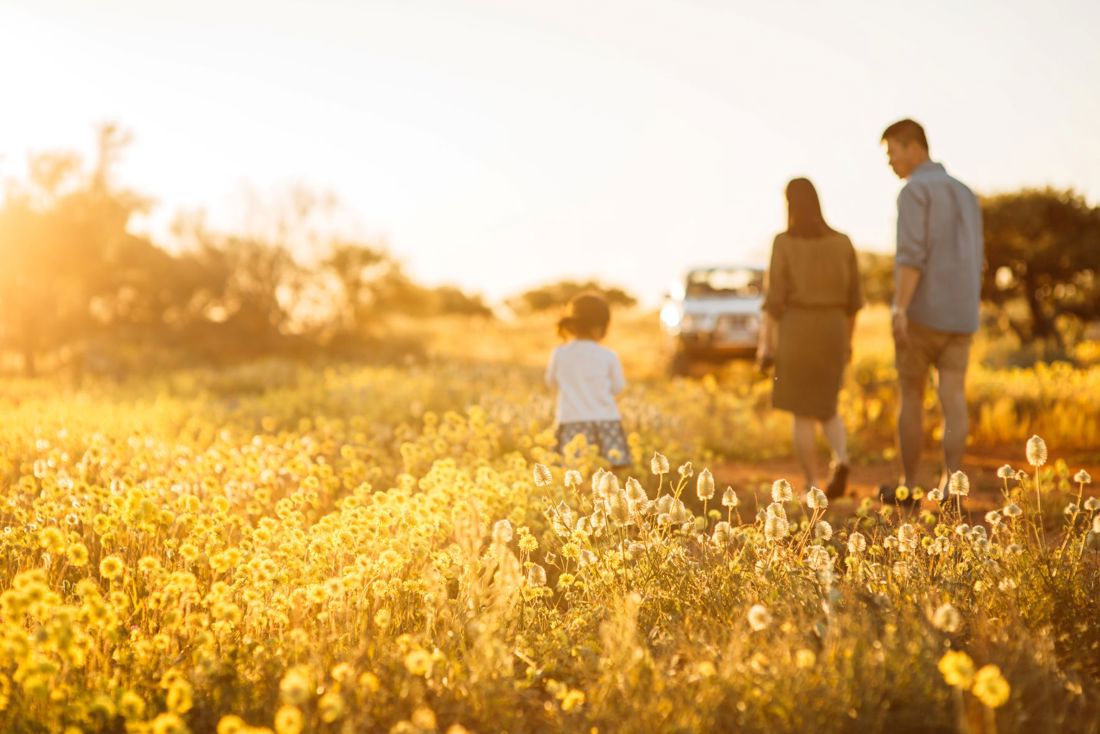
Wild, wild west: Witness the state's extraordinary floral show. Credit: Tourism Western Australia.
What
Each year, more than 12,000 species of wildflowers carpet large swathes of the state. A staggering 60% of the beautiful blooms are endemic to WA.
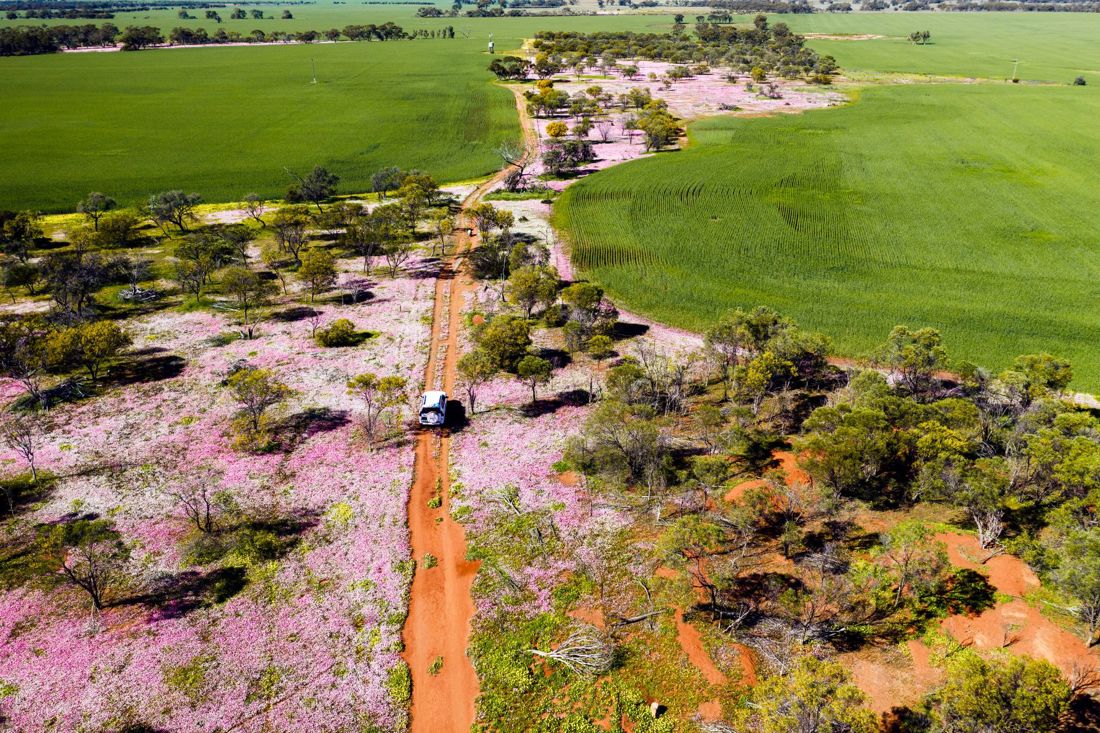
More than 12,000 wildflower species blanket the surrounds. Location: Morawa. Credit: Tourism Western Australia.
When
Wildflower season reliably kicks off in June in the state’s north before working its way southwards, usually winding up in November.
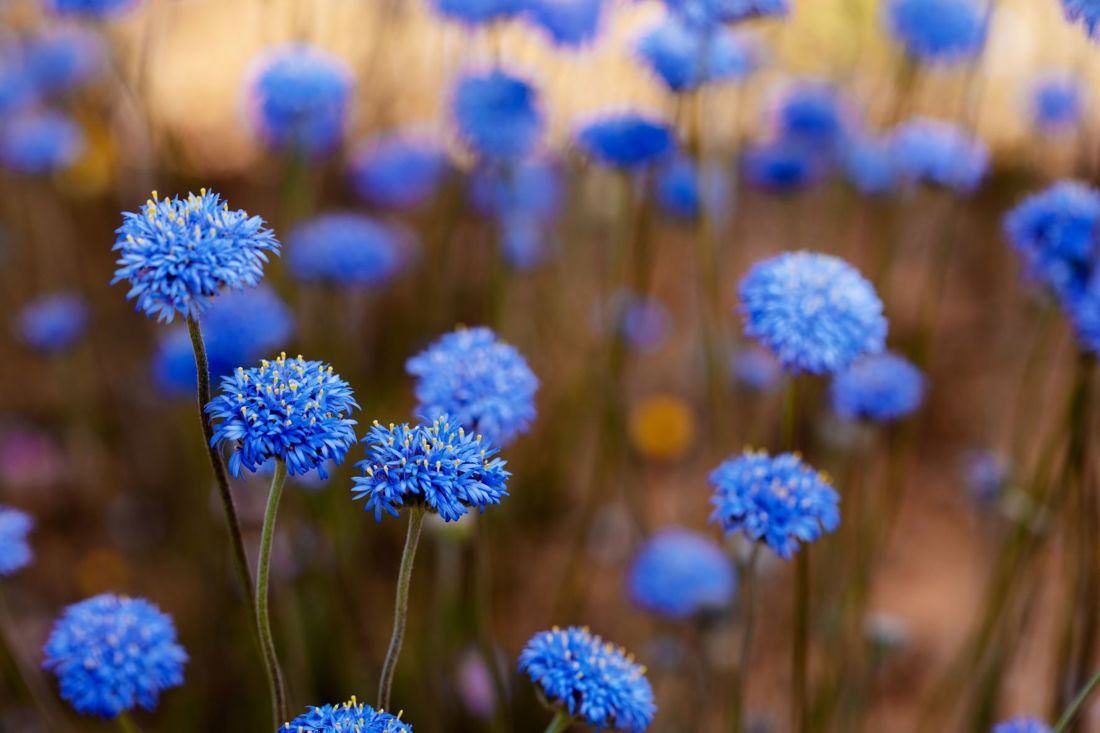
Roses are red and wildflowers are blue. And every other colour. Credit: Tourism Western Australia.
Look, but don’t touch!
Please note that picking wildflowers is illegal, and fines apply for offenders. So too does bad karma (possibly).
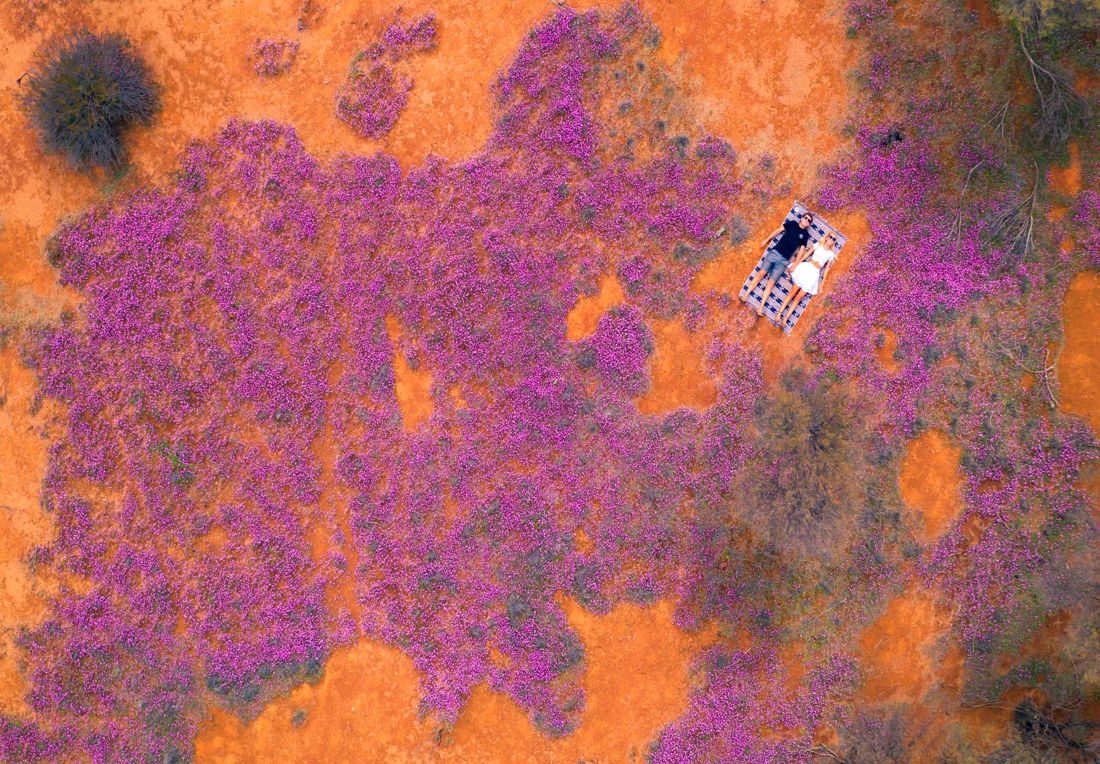
Take a pic, but please don't pick. Credit: Tourism Western Australia.
Best places to see WA’s wildflowers
Below are just some of so many fantastic locations to witness this beauty. For easier navigation, we’ve separated these hotspots by region.
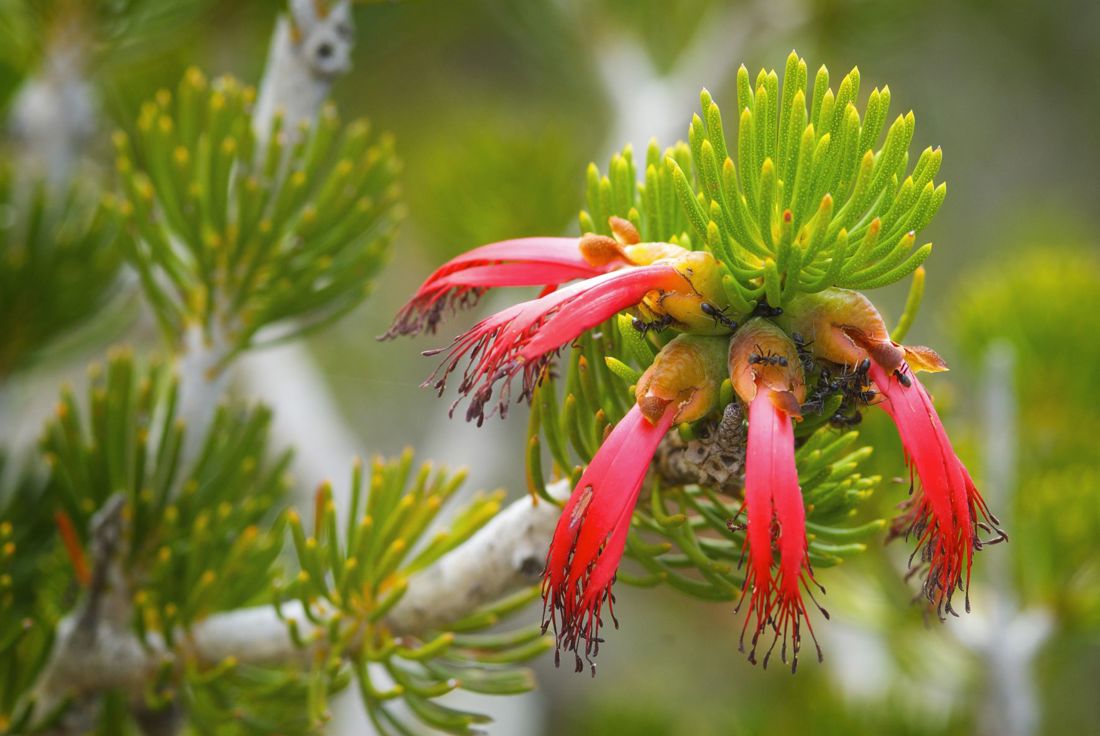
It's time to walk on the wild side. Credit: Tourism Western Australia.
Wildflowers – North West WA
When: July-August.
Karijini National Park: Purple mulla mullas and Karijini wattle are highlights in this star-studded national park. Where: 105km east of Tom Price.
Millstream Chichester National Park: Sturt desert pea and dozens of wattle species headline a wealth of varieties. Where: 120km south of Karratha.
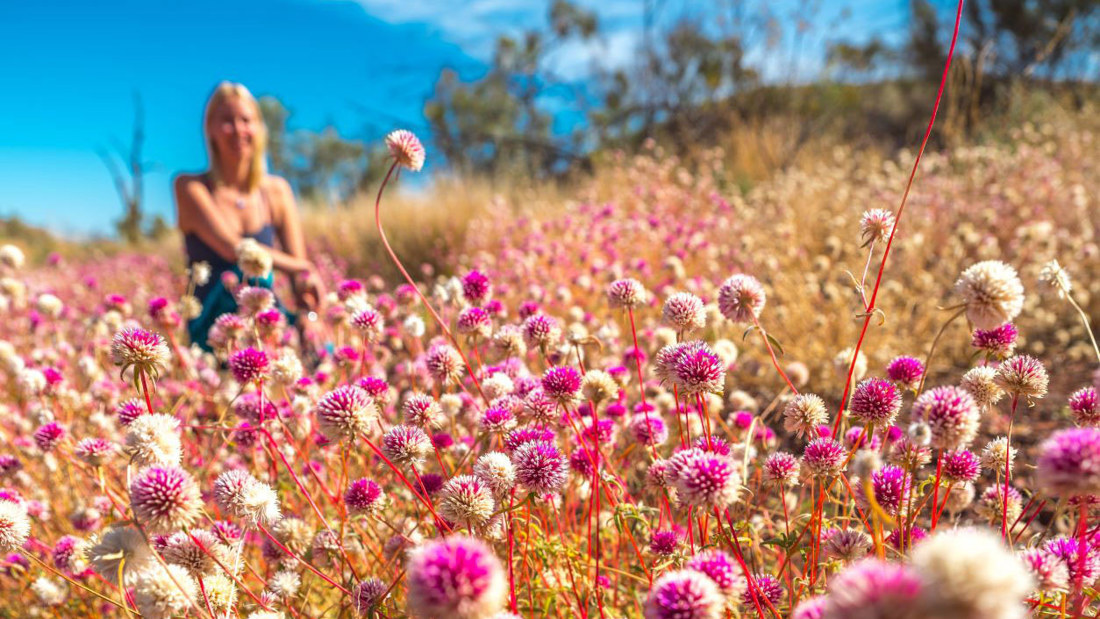
As if Karijini National Park didn't have enough visual treats. Credit: Tourism Western Australia.
Wildflowers – Coral Coast
When: July-October.
Cape Range National Park: A mammoth 600-plus flowering plants feature alongside rugged formations and beautiful beaches. Where: 50km west of Exmouth.
Coalseam Conservation Park: Highly regarded. Everlastings are the most pronounced type, dishing up vibrant shades. Where: 100km east of Geraldton.
Lesueur National Park: A rich offering with many rare species. Excellent viewing ops and dedicated walking tracks. Where: 135km north of Ledge Point.
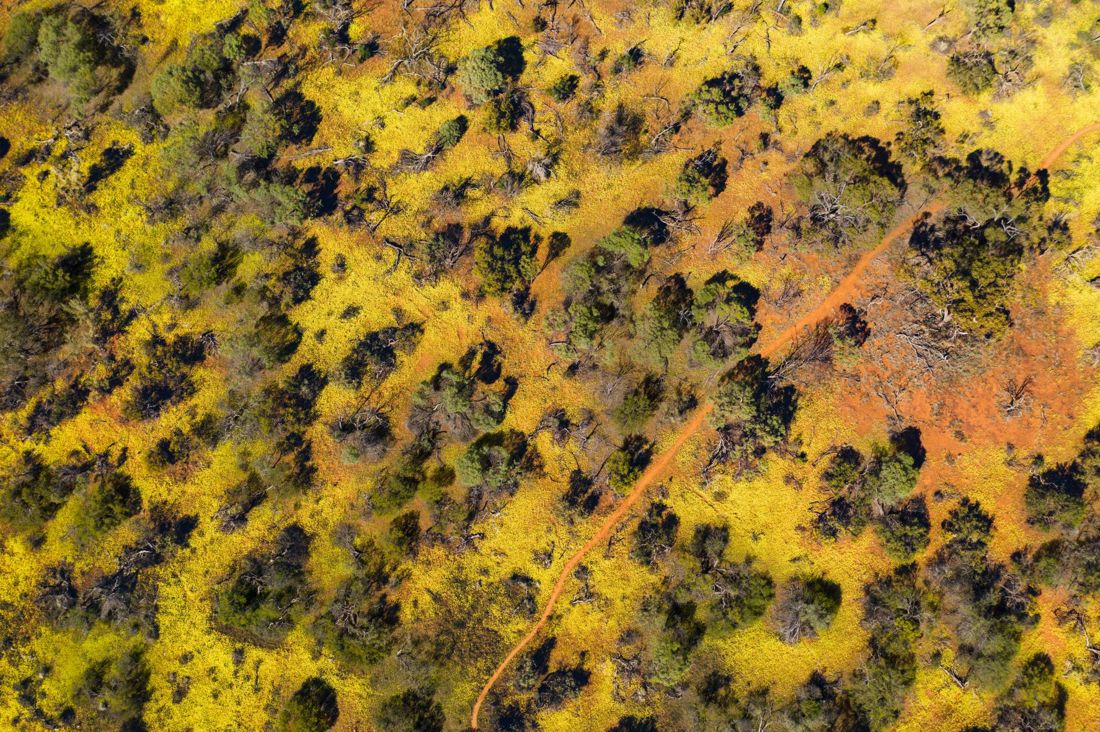
Coalseam Conservation Park is a key location. Credit: Tourism Western Australia.
Mills Point Lookout: Damperia and melalueca are among ample flower varieties to witness while soaking up glorious panoramas. Where: 13km northeast of Geraldton.
Mullewa: Abundant species bloom in this small town and surrounds, including the rare and enchanting wreath-like Lechenaultia macrantha. Where: 100km east of Geraldton.
Nambung National Park: A wide assortment of flowers briefly steal attention from the park’s famed lunar-like limestone pillars. Where: 80km north of Ledge Point.
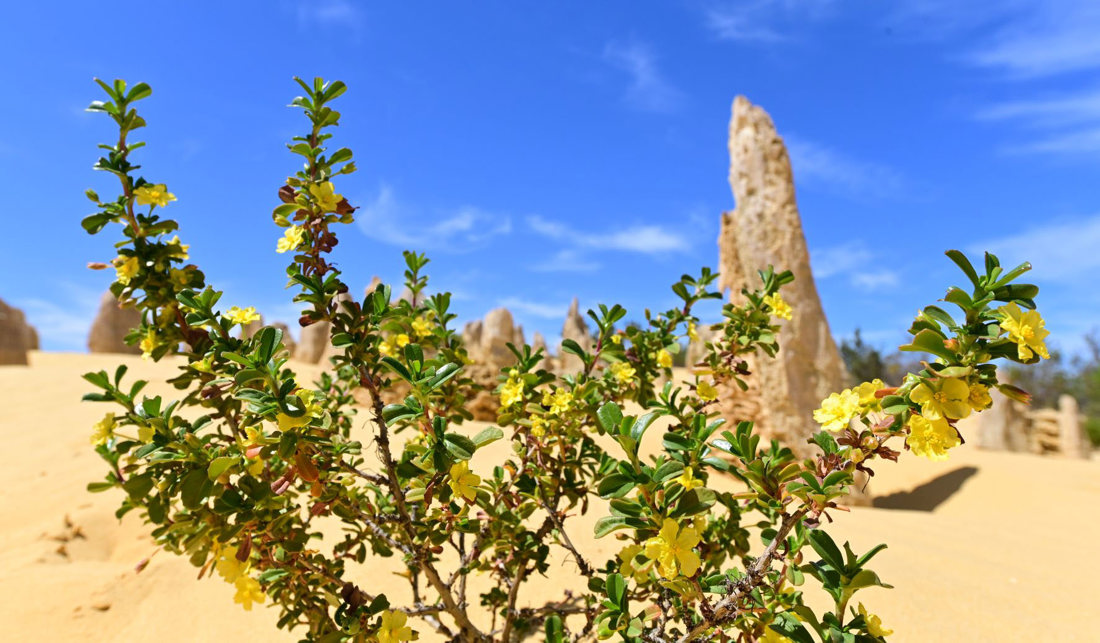
Wildflowers take centre stage in Nambung National Park in season.
Wildflowers – Golden Outback
When: July-October.
Cape Le Grand National Park: Banksias bloom brightly among other species in this spectacular national park, noted for its beach-loving kangaroos. Where: 50km southeast of Esperance.
Eaglestone Rock: Vivid shades dominate the flooring around this eye-catching granite rock. Where: 350km west of Kalgoorlie.
Fitzgerald River National Park: This coastal park is regarded as one of the world’s most diverse botanical regions. Where: 180km northeast of Albany.
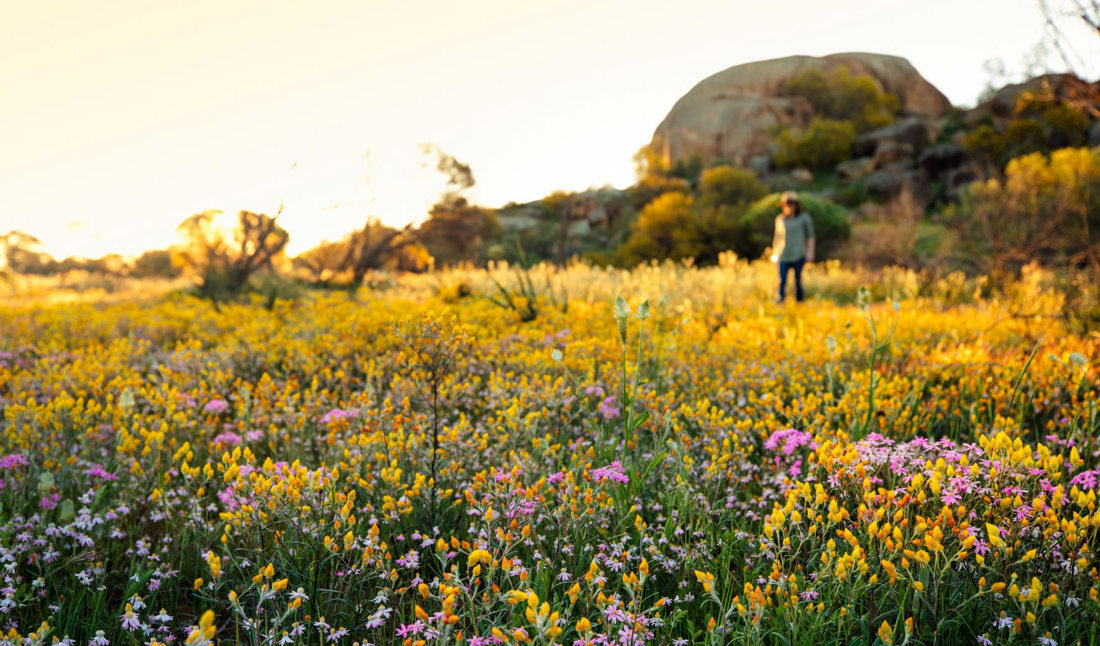
Stunning: Eaglestone Rock. Credit: Tourism Western Australia.
Karlkurla Bushland Park, Kalgoorlie: Plentiful species feature, including several that are endemic to the city and its wider region.
Morawa-Perenjori: A renowned hotspot. Myriad wildflowers bloom in and around these neighbouring towns, including the highly prized Lechenaultia macrantha. Where: 115km east of Dongara-Denison (to Morawa).
Wave Rock, Hyden: Wattle, bottlebrush, and various orchid species come in waves near this incredible natural formation. Where: 335km east of Perth.

Lechenaultia macrantha is arguably the rock star of the wildflower world. Credit: Tourism Western Australia.
Wildflowers – Greater Perth
When: September-November.
Ellis Brook Valley Reserve: Home to the richest wildflower collection in the Perth metro area with a whopping 500-plus species among superb scenery. Where: 30km southeast of Perth.
John Forrest National Park: A dedicated walking trail weaves through forested surrounds, enhancing the viewing experience. Where: 25km east of Perth.
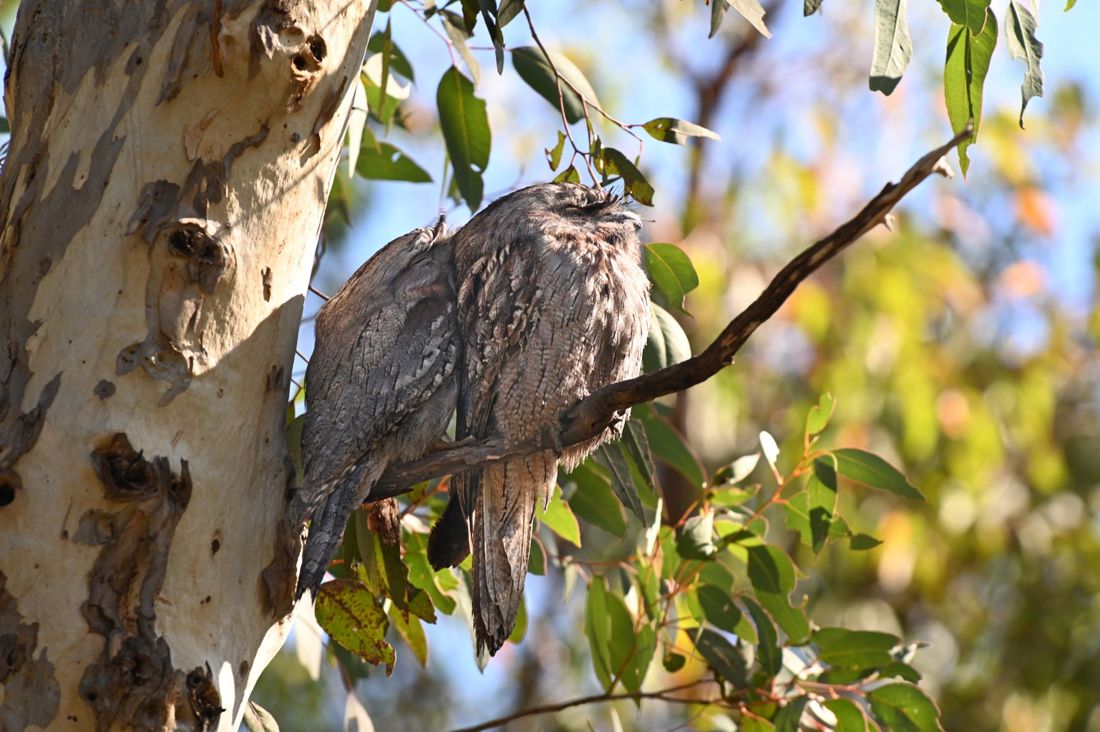
There's plenty to spot at John Forrest National Park.
Kings Park and Botanic Garden: This famous, centrally located park bursts with all manner of wildflowers that enrich its must-visit status.
Korung National Park: Expect a fury of colour alongside other spectacular sights. Where: 25km southeast of Perth.
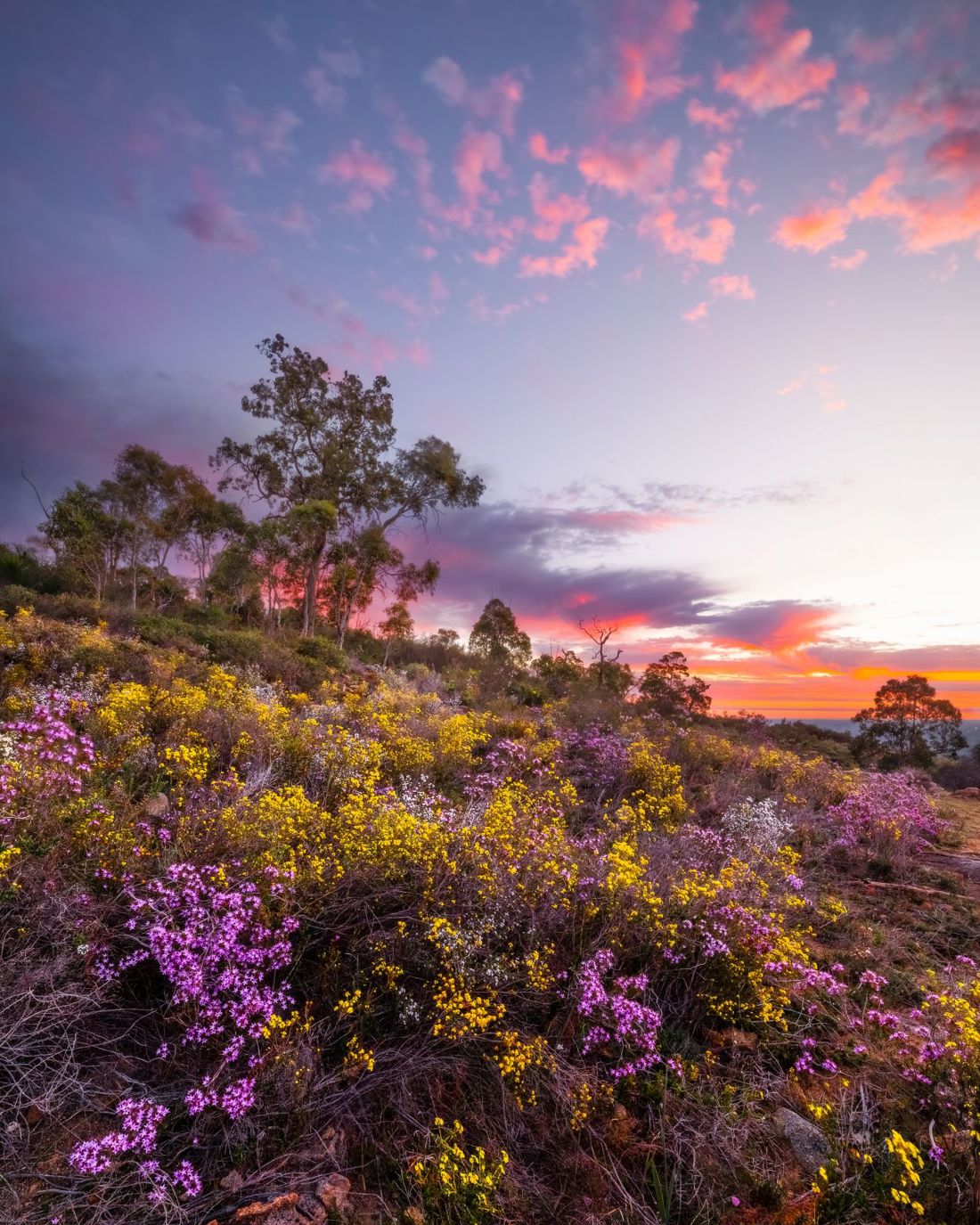
Korung National Park explodes with colour. Credit: Tourism Western Australia.
Wildflowers – South West
When: September-November.
Ambergate Reserve, Busselton: Hundreds of types to admire while strolling along an excellent walking track.
D’entrecasteaux National Park: An assortment of rare orchids adds further diversity to this stunning coastal area. Where: 190km west of Denmark.
Leeuwin-Naturaliste National Park: Orchids also feature prominently in a park dominated by breathtaking scenery. Where: 35km east of Busselton.

South West WA puts on a colourful show. Credit: Tourism Western Australia.
Porongurup National Park: Teems with all kinds of wildflowers that floor the landscape beneath the park’s amazing ancient granite domes. Where: 40km north of Albany.
Stirling Range National Park: The home of iconic Bluff Knoll hoards a whopping 1000-plus wildflower species. Where: 95km northeast of Albany.
Torndirrup National Park: Mother Nature adds seasonal colour to complement the park’s astonishing sculptured coastal formations. Where: 15km south of Albany.
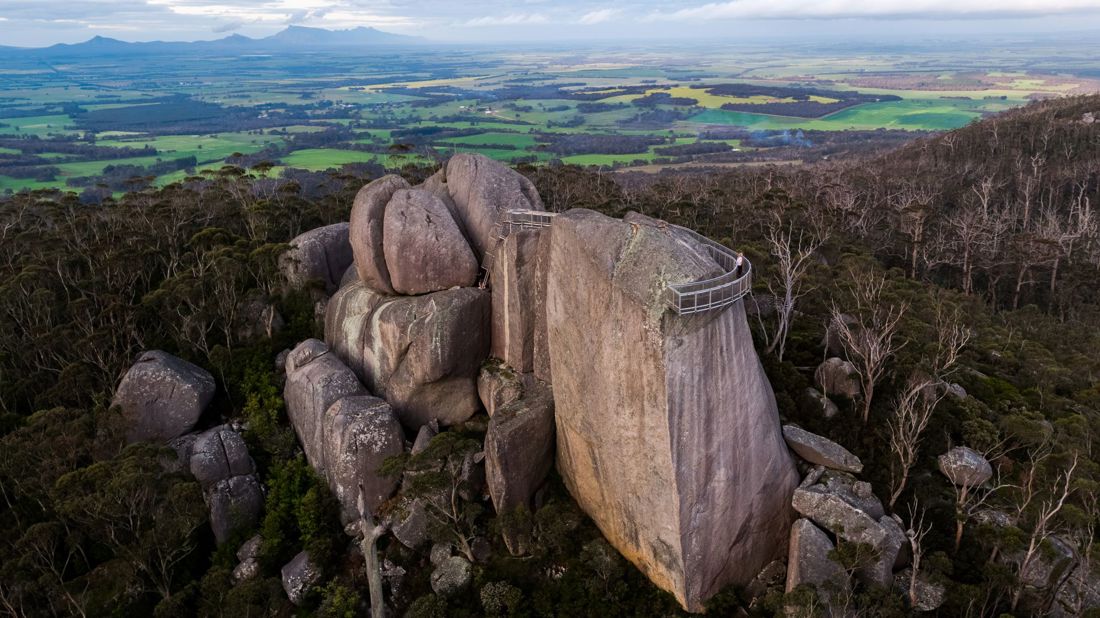
Wildflowers or not, Porongurup is visually stunning. Credit: Tourism Western Australia.
Encore
Each December, Nuytsia floribunda – otherwise known as the ‘West Australian Christmas tree’ or 'Aussie Christmas tree' – delivers vibrant orange tones to the southwest part of WA.
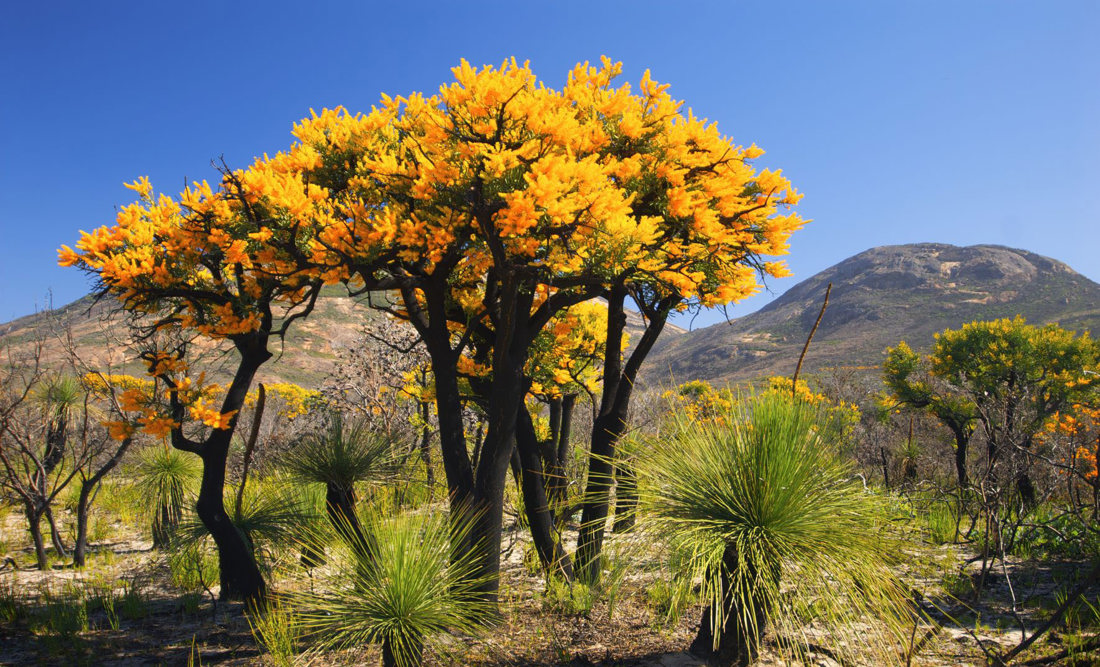
Merry Christmas. Location: Cape Le Grand National Park. Credit: Tourism Western Australia.
BIG4 parks in WA
See where BIG4's are throughout WA, including our Partner Parks, by clicking here. Or find your preferred park from the carousel below.

















































































































































